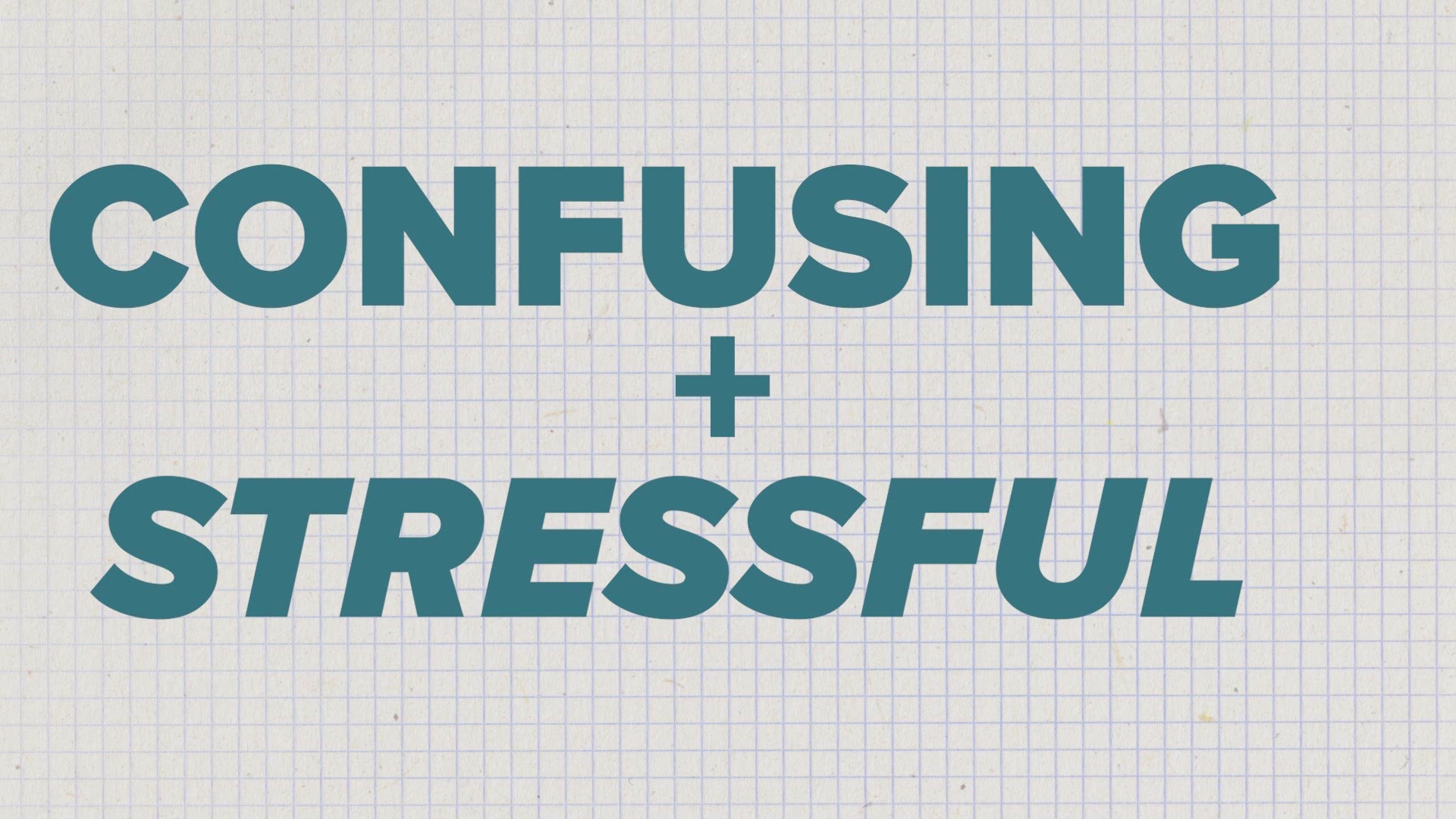WASHINGTON — The U.S. job market showed a surprising burst of strength in October, with employers adding 638,000 jobs and the unemployment rate tumbling to 6.9%. Still, the pace of hiring isn’t robust enough to rapidly soak up the millions of Americans who were thrown out of work by the pandemic recession.
The job gains suggested that a tentative recovery is still intact even as it faces a surging viral outbreak with no further financial aid from Congress. October's increase was slightly below the 672,000 jobs that were added in September and far fewer than the 1.5 million in August. But last month's gain was stronger than it appears: It was held down by the loss of about 150,000 temporary Census jobs.
Not only did the federal government lose jobs in October; so did struggling states and municipalities. Excluding governments at all levels, private businesses added a healthy 906,000 jobs. Hiring was particularly strong in construction, retail and — strikingly — a category that includes restaurants and hotels.
These businesses have been disproportionately damaged since spring by Americans' inability or reluctance to dine out for fear of contracting the virus. The question, though, is whether they can keep hiring in the coming months even as confirmed viral cases accelerate, colder weather arrives and some states or localities reimpose restrictions.
The report Friday from the Labor Department said the unemployment rate sank a full percentage point from 7.9% in September. Yet the nation still has 10.1 million fewer jobs than it did before the pandemic intensified in March. At the current pace of hiring, it would take until February 2022 to regain the jobs lost to the pandemic. That would be faster than the 2008-2009 Great Recession, when it took more than five years to recover the jobs lost.
The job market and the overall economy remain under intensified pressure from the accelerating pandemic. On Thursday, the nation broke another record in the seven-day rolling average for new cases, hitting nearly 90,000. Daily new cases were also on track for another day above 100,000, with surging numbers reported all around the country, including a combined nearly 25,000 in Texas, Illinois and Florida.
And the longer that unemployment remain elevated, economists worry, the harder it will be for many of those out of work to find jobs. Employers are often reluctant to hire people who have been unemployed for months.
“It was a pleasant surprise to see that the pace of the recovery hasn’t slowed down,” said Nick Bunker, an economist at Indeed, the job search website. “But we all need to keep in mind the huge hole that we’re in, in terms of jobs and unemployment.”
The gradual recovery of the job market has affected Americans in uneven ways and likely widened inequalities. Some categories of Americans — low-income employees, working mothers, people of color — have been deeply hurt by job losses. Many of them were employed by restaurants, hotels and other sectors that remain most damaged.
By contrast, higher-income and college-educated workers have been disproportionately able to work from home. Many of them have also benefited from a surge in home equity and from the Federal Reserve's ultra-low-rate policies, which have fueled gains in the stock market.
The economy, which had rebounded sharply in the July-September quarter as businesses reopened from virus-related shutdowns, is now expanding more slowly. Many businesses, especially restaurants and bars that had made use of outdoor seating, may struggle as the weather turns colder. Consumers could also pull back again on shopping, traveling and other activities to avoid contracting the virus.
Friday's report follows the expiration of government stimulus for struggling individuals, businesses and state and local governments and the failure of Congress to provide further aid.
That stimulus included $1,200 checks that were sent to most adults in the spring and a $600-a-week federal jobless benefit that expired in July. That was followed by an additional $300 that lasted through mid-September. A study by JPMorgan Chase found that Americans spent roughly two-thirds of such money by the end of August.
Beth Ann Bovino, chief economist at Standard & Poor's, said that while she welcomed the sharp drop in unemployment, she worries that it might undermine any effort in Washington to provide more aid.
“I’m afraid that policymakers will think that their job is done,” she said. “Our concern here is that the work is not yet over.”
Bovino noted that the proportion of the unemployed who have been out of work for six months or longer surged to nearly one-third, from less than one-fifth in September. And the number of the unemployed whose jobs are permanently gone changed little, despite the steady hiring.
The proportion of Americans who are now either working or looking for work remains well below pre-pandemic levels. Millions of Americans have stopped searching for jobs.
Women have been more likely to leave the workforce than men since the pandemic began, particularly since school started, with many schools operating only online. That has forced many working mothers to quit jobs.
The job market's disparities remained even as hiring was widespread. The unemployment rate for Black workers, at 10.8%, fell sharply in October but remained much higher than for whites, which dropped to 6%. Hispanic unemployment fell to 8.8% from 10.3%.
Some large companies are still shedding workers. ExxonMobil said late last month that it would cut 1,900 jobs, mostly at corporate headquarters. Chevron has said it will cut about quarter of the employees from its newly acquired unit Noble Energy. Boeing said it expects to cut its workforce by 30,000 to 130,000.
Still, some parts of the economy are recovering steadily. Manufacturing output is still rebounding, with Americans stepping up their purchases of cars, homes and housing-related goods like appliances and furniture. Home sales have also jumped.



